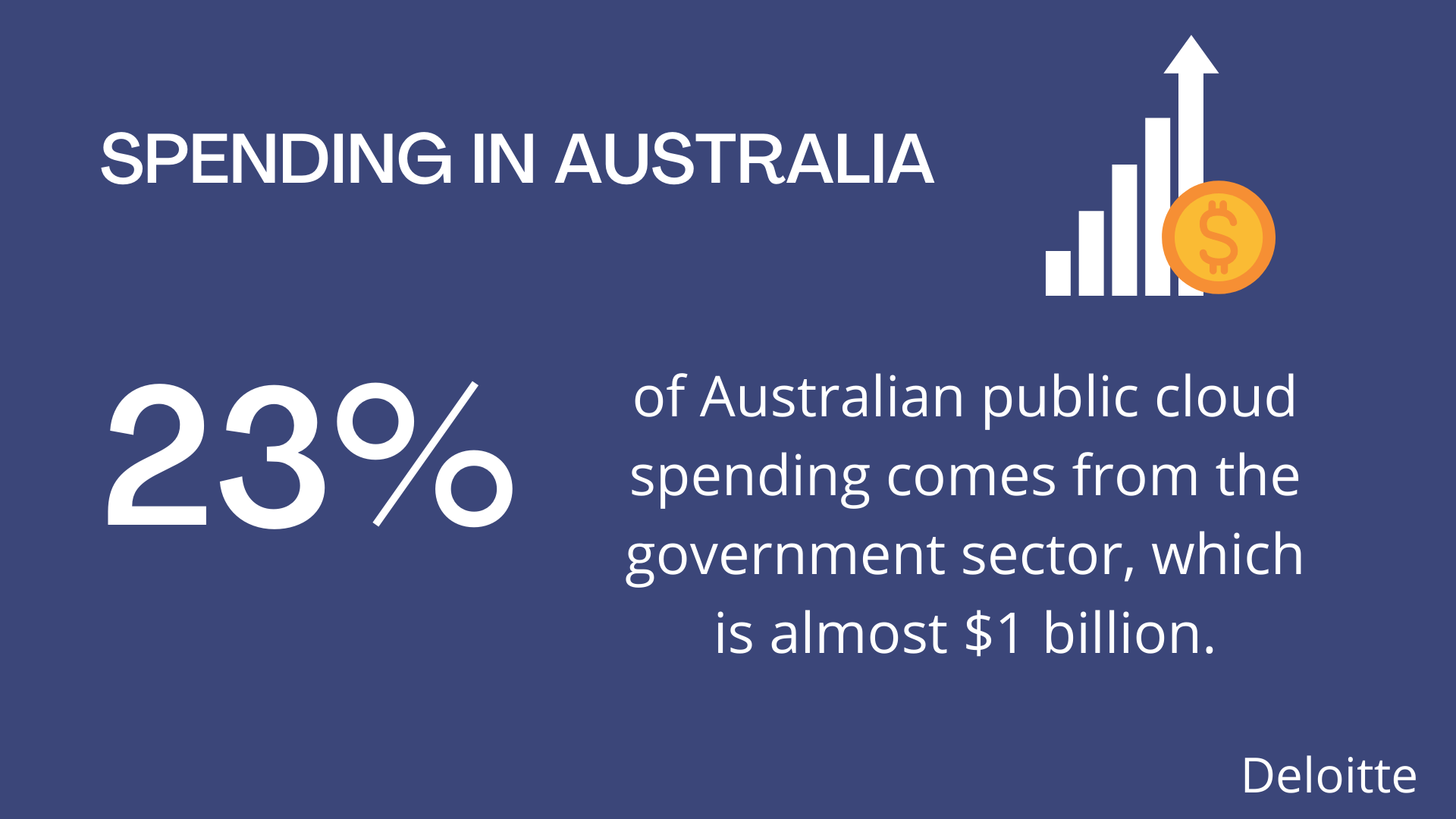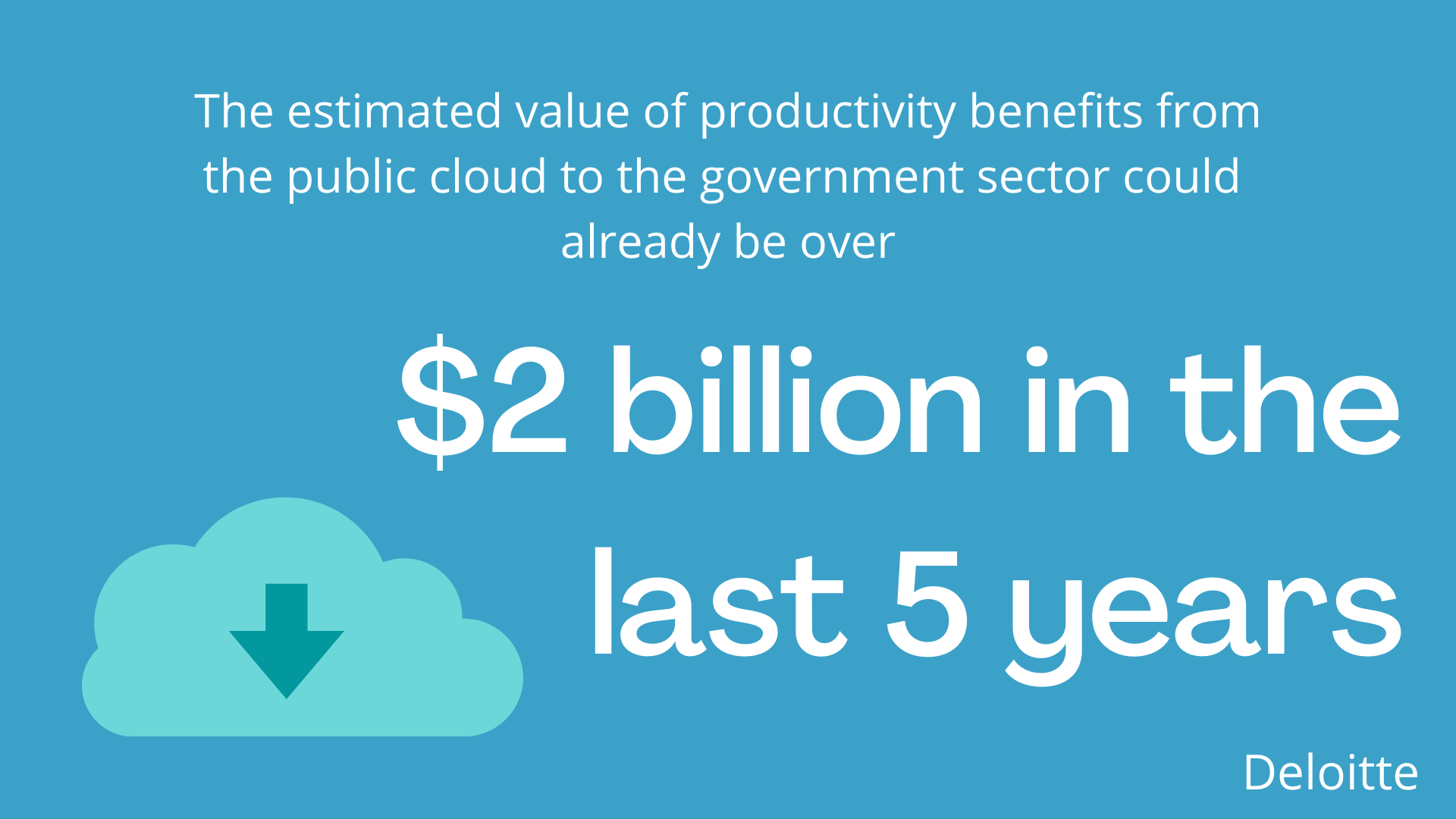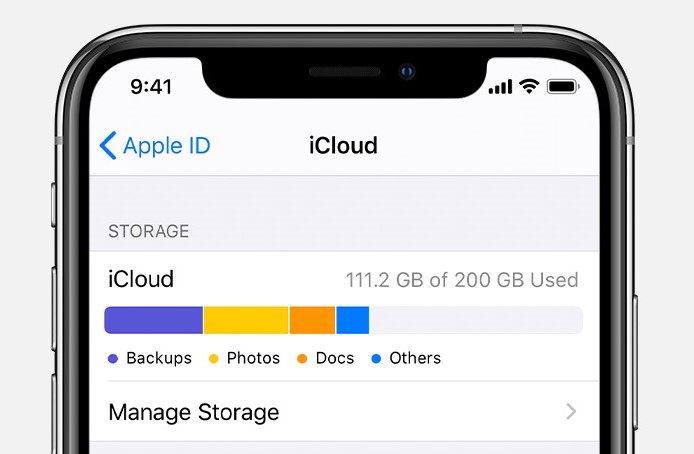You may not know it, but the usage of cloud technology has skyrocketed during 2020. The COVID-19 pandemic has sparked a cloud revolution which is set to make the technology even more important than it was before.
In this edition of A Communicators Guide To… we explore how governments are using cloud technology to their advantage, and what it means for government communicators.
What is Cloud Computing?
Fortunately for us communicators, cloud computing is actually a lot simpler than most people think. The ‘cloud’ is essentially the internet, and ‘cloud computing’ is when you use the internet to store your virtual files.
There are two types of cloud: public and private. A private cloud is when a business operates their own service network in-house. The network is private, meaning it is operated by the business itself and it is only accessible to that business.
A ‘public’ cloud is what most people refer to when they say ‘cloud’. Apple, Amazon, Microsoft and Adobe all operate their own cloud networks. These third-party operators manage the servers themselves, so you don’t have to! In simple terms, a public cloud is just when your files are being stored on ‘someone else’s computer’, instead of your own.
How is the Australian Government using cloud technology?
It’s very difficult to escape cloud computing these days, and the Australian Government is no different. Most government departments use the public cloud services managed by private companies like Microsoft and Amazon, so every time an email is sent by an APS staff member, it is stored in the cloud.
The Australian Government has also set up cloud.gov.au, a cloud platform that is accessible to all government entities in Australia. Cloud.gov.au is essentially one big server that can be used to host websites and web applications. This means that agencies can focus more on the design of services, and less on where those services will be stored.
The cloud.gov.au platform is a very useful tool for government communicators who are trying to develop a new communication tool. If you’re looking to develop a new website, cloud.gov.au means that communicators can focus on what they do best: communication!
The cloud.gov.au platform is the brainchild of the government’s Secure Cloud Strategy, which was released by the Digital Transformation Agency in 2017.

Benefits of Cloud
Cloud gives communicators access to cutting edge technology without having to worry about the start-up costs of developing their own storage mechanism. This way, communicators can jump straight into their job of improving the communication of government services, without distraction.
Another benefit of cloud is that it is far more agile than traditional storage methods. Unlike non-cloud systems, cloud systems can be accessed anywhere. For example, using the cloud, you can access your email wherever you go. Because your email is stored in the cloud, rather than just on your laptop, it can be accessed by any device that connects to the internet.
Without the cloud, it would have been infinitely more difficult to deal with the COVID-19 virus. The cloud has allowed us to access important work-related files wherever we go. As a result, the cloud has helped the workforce transition to a flexible working environment in 2020!

Risks of Cloud
One risk of cloud is the threat of cyber attack. By putting more files into one place, the centralised cloud servers become an easy target for hackers.
In saying that, there is also evidence suggesting that cloud technology is actually more secure than non-cloud storage methods. Cloud operators tend to be large technology companies with greater access to cutting-edge cyber technology. Therefore, by centralising our storage systems and pooling our resources, the cloud allows us to fortify them even more.
Another risk to the uptake of cloud by governments is the issue of data sovereignty. With cloud, data and files are often stored across multiple jurisdictions. This can create an added layer of legal and economic complexity. As a result, governments will prefer to use cloud systems that are operated and managed within their jurisdiction. This is one reason why cloud.gov.au was developed.
Perhaps the biggest risk of cloud is not with the technology itself, but with ourselves… A lot of people simply don’t understand cloud and can use it in unsafe ways. Cloud technology is often updating so rapidly, that it’s hard to keep up. For communicators especially, it’s important that we have the knowledge to understand and explain cloud to any audience.
Despite all these risks, cloud technology is a powerful tool that will only become more relevant within government.
A communicator’s guide to… is a monthly blog series tackling how the latest trends in technology relate to government communications. The header image is sourced from apple.com
